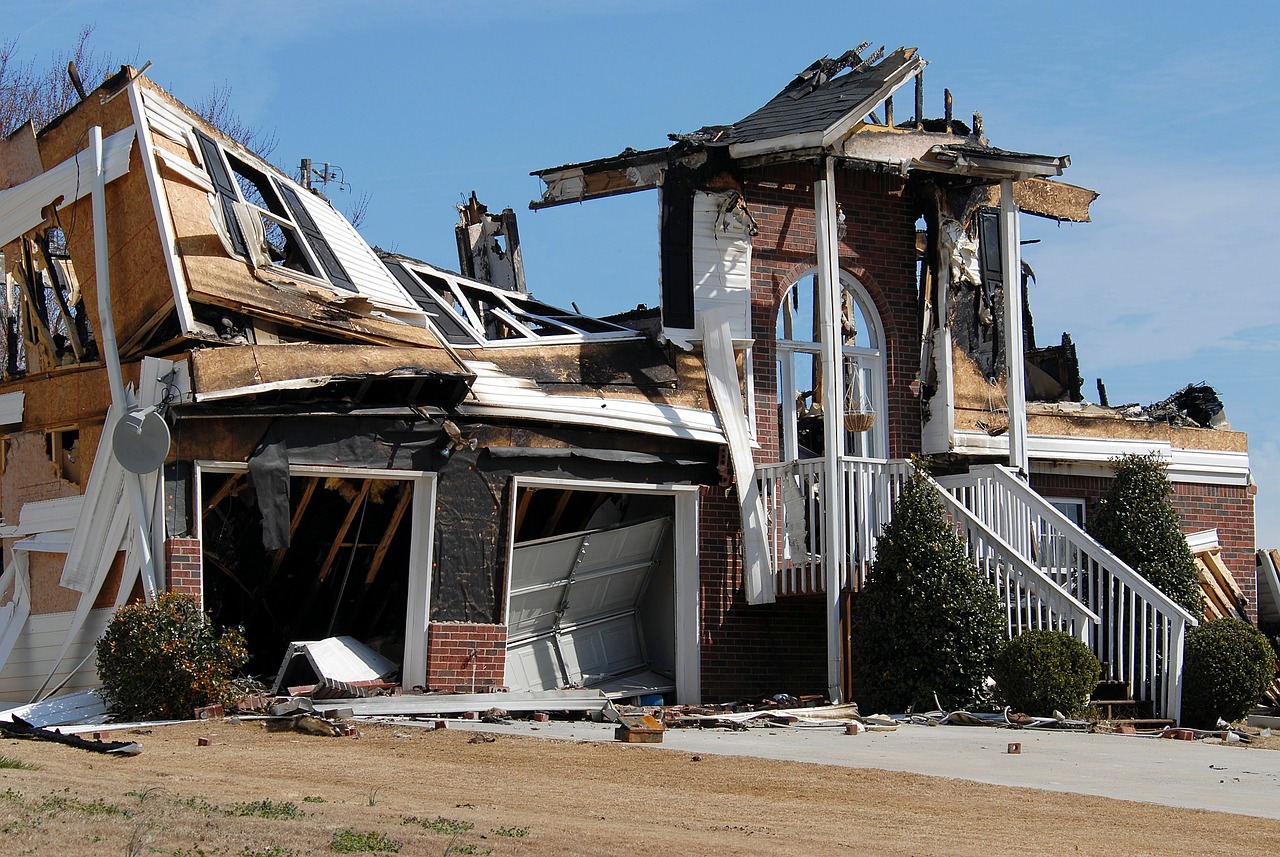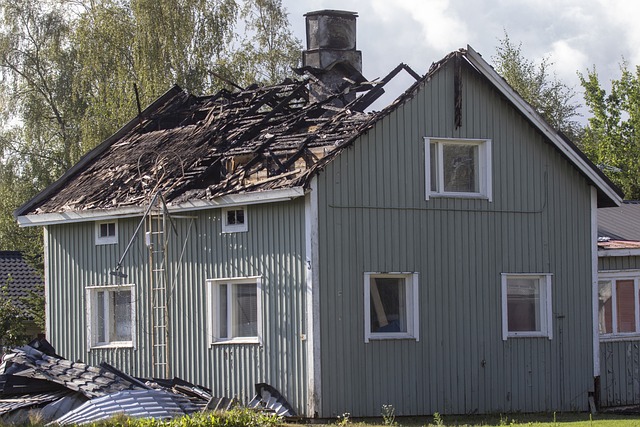Exploring Financing Options for Buyers of Fire-Damaged Homes

When purchasing a home, buyers have a multitude of factors to consider, such as location, size, and price. However, buying a fire-damaged home presents unique challenges. The condition of the property and potential repair costs can make it difficult for buyers to secure financing. In this article, we will discuss key factors that buyers should be aware of when exploring financing options for fire-damaged homes. If you’re wondering how to sell a fire damaged home in Virginia, you can check this trusted local buyer for a seamless and stress-free selling experience.
Insurance Coverage and Documentation
Before considering financing options, buyers must assess the insurance coverage on the fire-damaged property. The type and extent of coverage can significantly impact the financial viability of purchasing the home. Buyers should obtain documentation detailing the coverage, including any exclusions or limitations. This information will help them understand the financial responsibility they will assume and enable them to determine if additional financing will be needed for repairs.

Renovation Costs and Appraisal
Understanding the renovation costs associated with repairing a fire-damaged home is essential when exploring financing options. Buyers should consult with contractors and professionals experienced in fire damage restoration to estimate the extent of repair work required. Armed with these estimates, buyers can approach lenders and discuss mortgage options tailored specifically for fire-damaged properties. Additionally, an appraiser familiar with these types of homes can provide an accurate valuation, ensuring the loan amount covers both the purchase price and anticipated renovation expenses.
Specialized Loan Programs
Several specialized loan programs are available to assist buyers in financing fire-damaged homes. The Federal Housing Administration (FHA) offers a 203(k) loan program, which provides funding for the purchase and renovation of properties in need of repair. These loans typically have relaxed eligibility requirements and flexible terms, making them attractive options for buyers. Additionally, some state and local housing agencies offer similar programs and down payment assistance for fire-damaged homes.
Alternative Financing Options
In instances where traditional mortgage loans are not feasible, buyers may consider alternative financing options. Hard money loans, for example, are a type of short-term loan that relies on the value of the property rather than the buyer’s creditworthiness. While interest rates may be higher, these loans can provide the necessary funds quickly to purchase and begin repairs on fire-damaged homes.
Purchasing a fire-damaged home can be a complex process, particularly when it comes to securing financing. Buyers need to thoroughly assess insurance coverage, estimate renovation costs, and explore specialized loan programs specifically designed for fire-damaged properties. Additionally, considering alternative financing options may be necessary in certain situations.



